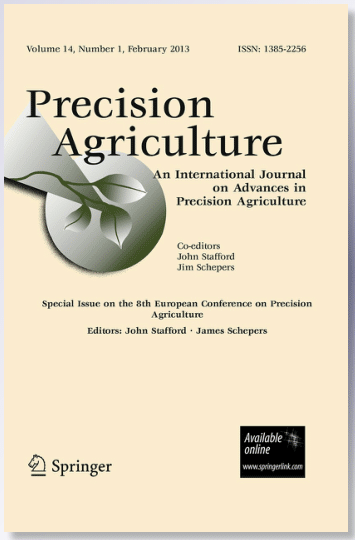Soil fertility is one of the most critical bases for high productivity and sustainability in crop production. Within-field heterogeneity is often problematic in both crop management practices and crop productivity. Besides, appropriate soil management practices leads to the effective carbon sequestration. Since the soil carbon content (SCC) is the most simple and effective indicator of soil fertility, accurate and high-resolution mapping of SCC is an essential basis for addressing these issues. Here, we developed a tractor-based hyperspectral sensing system for speedy and accurate mapping of SCC. A new hybrid spectral algorithm linking normalized difference spectral index (h-NDSI) and machine learning proved superior. Appropriate algorithms were implemented to generate diagnostic map and prescription map from SCC map for the variable-rate application of pellet manure. The field performance of the sensing/mapping system was tested in the farmers' fields in the Fukushima region of Japan where the within-field heterogeneity of soil fertility was disastrous due to the decontamination after the nuclear power-plant disaster. The structure and functioning of the system proved promising. Moreover, the spatial simulation by linking the SCC data and a dynamic simulation model clearly showed the significant impact of variable-rate application of pellet manure on the chronosequential change of SCC, within-field heterogeneity, and carbon stock. The systematic linkage of the sensing/mapping system with the variable-rate spreader and dynamic simulation model would be effective for improving soil fertility and soil carbon stock. Applicability of the system will be extended through an extensive validation of the predictive models.


